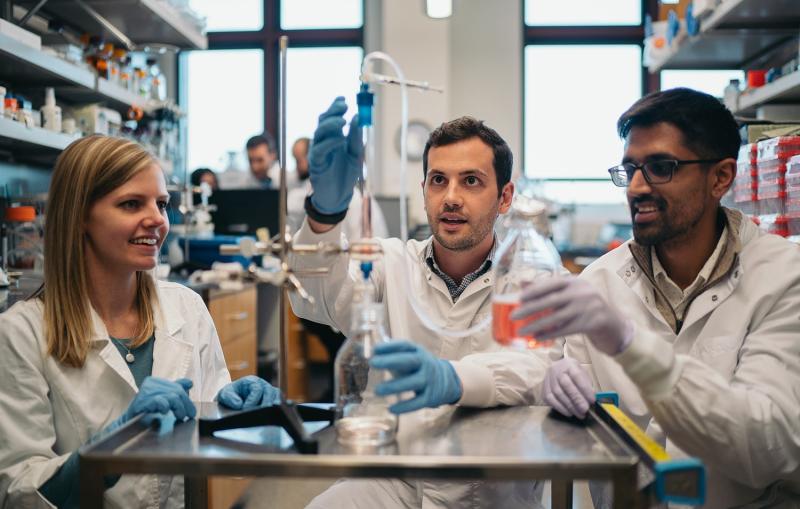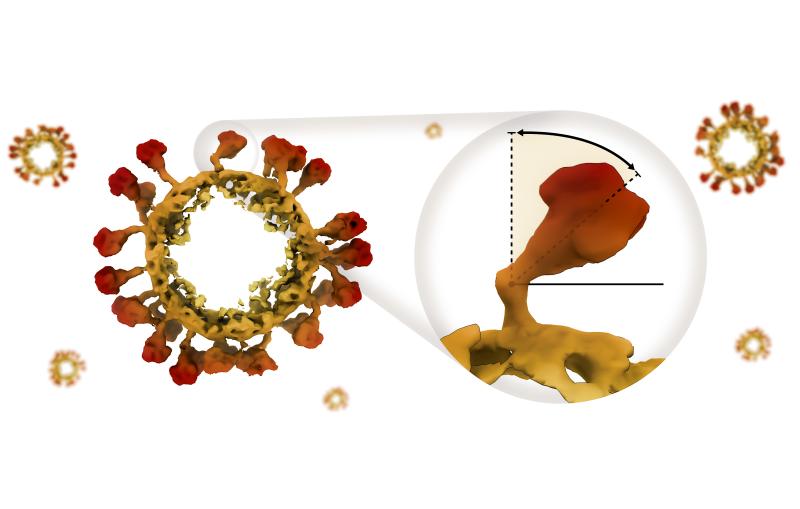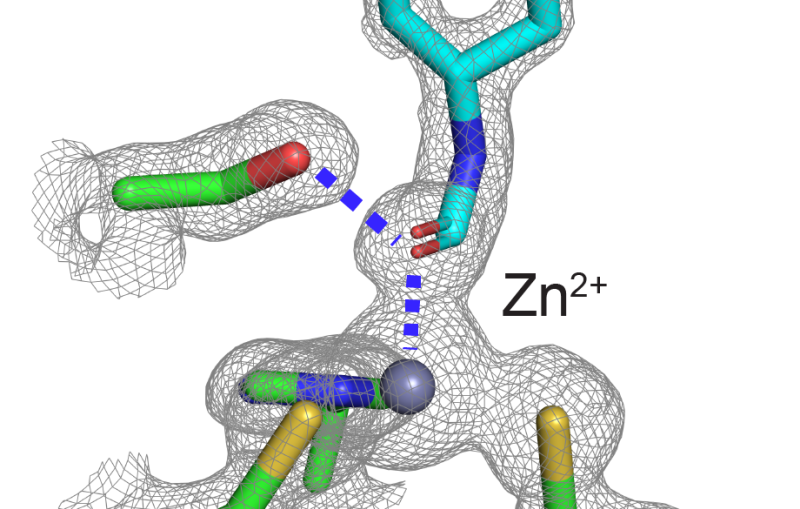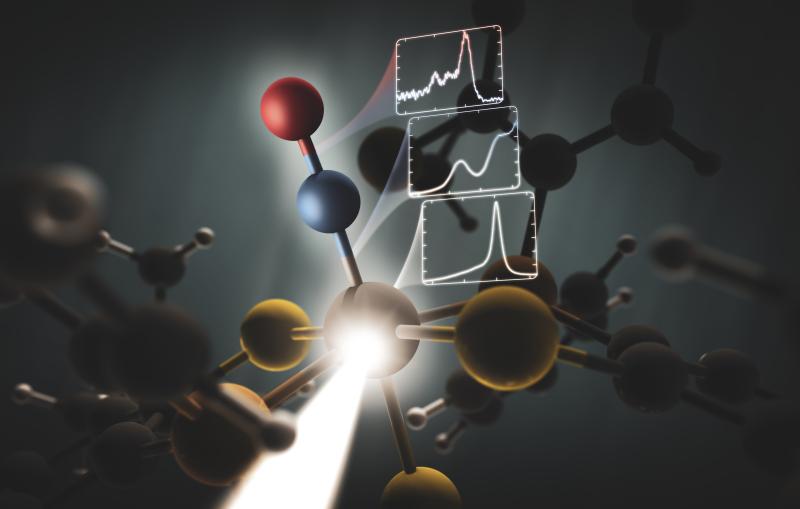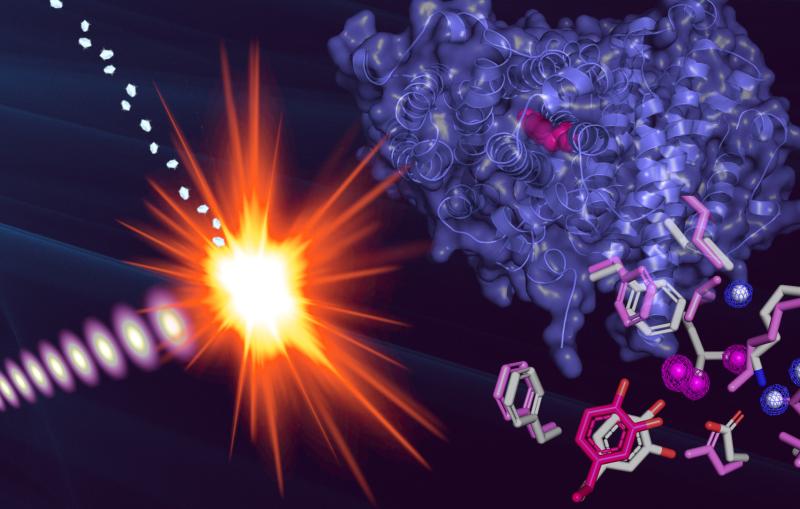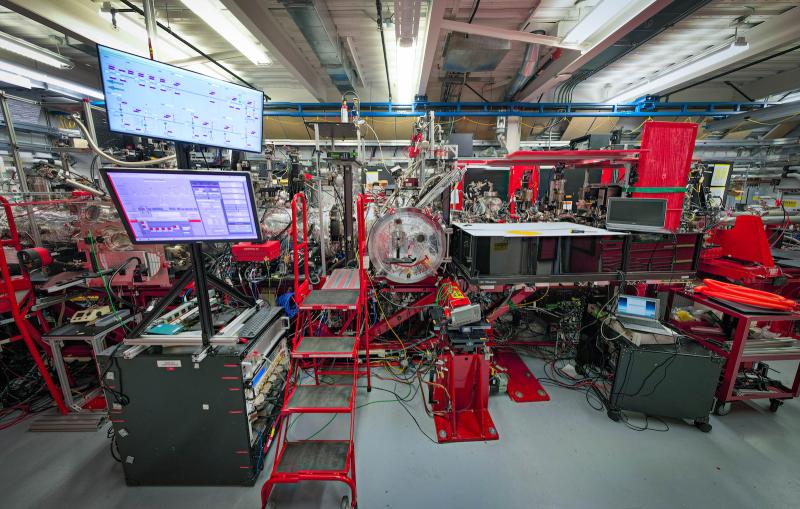New Stanford-SLAC effort encourages electron microscopy work across boundaries
Stanford EM-X brings hundreds of researchers around the world together to discuss the latest methods and discoveries from electron microscopes.
In the roughly nine decades since electron microscopes were first built, researchers have used them and offshoot technologies to study everything from semiconductor defects to how viruses infect cells. Yet, many of the groups who use electron microscopes, such as life scientists and materials scientists, have rarely exchanged ideas for applying their own recent innovations – especially now, with the pandemic making travelling to conferences and meeting new people in person all but impossible.
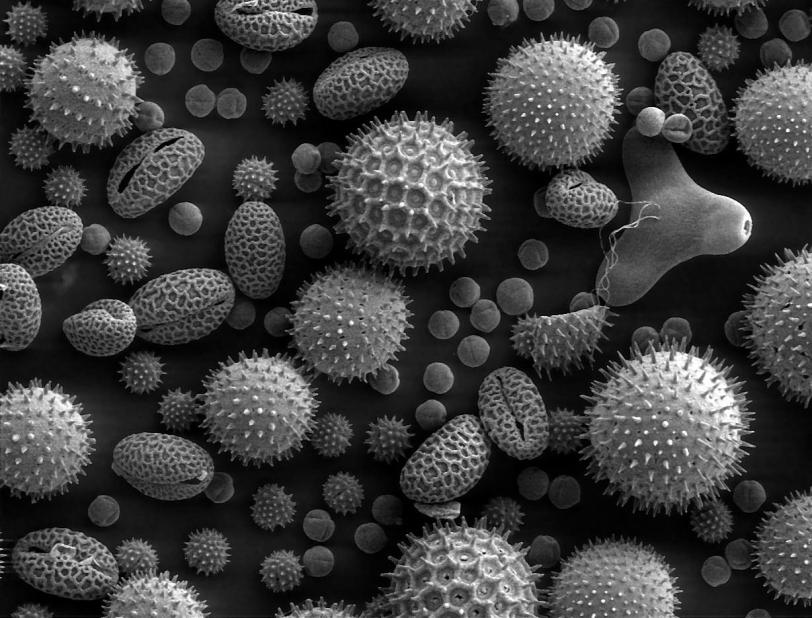
Now, Stanford University materials scientist Yi Cui and colleagues from Stanford and the Department of Energy’s SLAC National Accelerator Laboratory are working to change that through a new program, Stanford Electron Microscopy-X.
Electron microscopes were first built in the early 1930s, and the principle is basically the same as standard microscopes. Instead of shining light on or through a sample, however, they shine a beam of electrons, which can reveal finer details than light. Today, there are a variety of specialized techniques, including cryo-electron microscopy, in which delicate samples such as enzymes or the perovskites used in some solar cells are studied at extremely cold temperatures, which helps keep them intact while under intense beams of electrons.
With close ties between SLAC and Stanford researchers working on EM, and with the rapid expansion of cryo-EM at both campuses in the last few years, “we are well positioned to do outside-the-box experiments and bring in new ideas” in electron microscopy, said co-organizer Wah Chiu, a professor at SLAC and Stanford and an expert in cryo-EM methods. The new EM-X project is an effort to capitalize on that position, Chiu said.
In its first few months, Cui said, EM-X has established a virtual seminar series that has attracted upwards of 700 participants from around the world and fostered conversations across traditional disciplinary boundaries. Each seminar features two speakers, one from life sciences and another from physical sciences, followed by questions and discussion that have proven lively, organizers said.
“Some of the biggest advances can come from the convergence of two or more fields. With EM-X, we hope to enable the dialogue between disciplines that incites collaboration,” said Jennifer Dionne, a Stanford materials scientist and EM-X co-organizer.
Dionne pointed to advances in sample preparation and data analysis in the biomedical cryo-EM community and new imaging and spectroscopy methods developed in the materials EM community as techniques that could cross over and benefit researchers in other fields. These advances have led, for example, to new discoveries about chemical signals in the nervous system and, using cryo-EM, the ability to study the delicate, complex internal structure of organic semiconductor thin films.
Co-organizer Robert Sinclair, a Stanford materials scientist who has long worked with medical scientists, said that the project was an opportunity to reach a much wider audience than would ordinarily be possible, in part because of the unusual circumstances caused by COVID-19.
“I think it’s a service to the international community,” he said, “but it provides opportunities even after the pandemic is over.” Not everyone can afford to travel to conferences or bring world class speakers to their universities, and the EM-X program offers those possibilities – albeit remotely – to everyone for free.
In the long run, the group is exploring ways to expand their efforts, possibly including small seed grants to encourage collaborations across ordinary disciplinary boundaries. But right now, Cui said, “we are making a lot of friends,” which he hopes will help foster more collaborations between SLAC and Stanford researchers but also nationally and internationally.
Contact
For questions or comments, contact the SLAC Office of Communications at communications@slac.stanford.edu.
SLAC is a vibrant multiprogram laboratory that explores how the universe works at the biggest, smallest and fastest scales and invents powerful tools used by scientists around the globe. With research spanning particle physics, astrophysics and cosmology, materials, chemistry, bio- and energy sciences and scientific computing, we help solve real-world problems and advance the interests of the nation.
SLAC is operated by Stanford University for the U.S. Department of Energy’s Office of Science. The Office of Science is the single largest supporter of basic research in the physical sciences in the United States and is working to address some of the most pressing challenges of our time.
